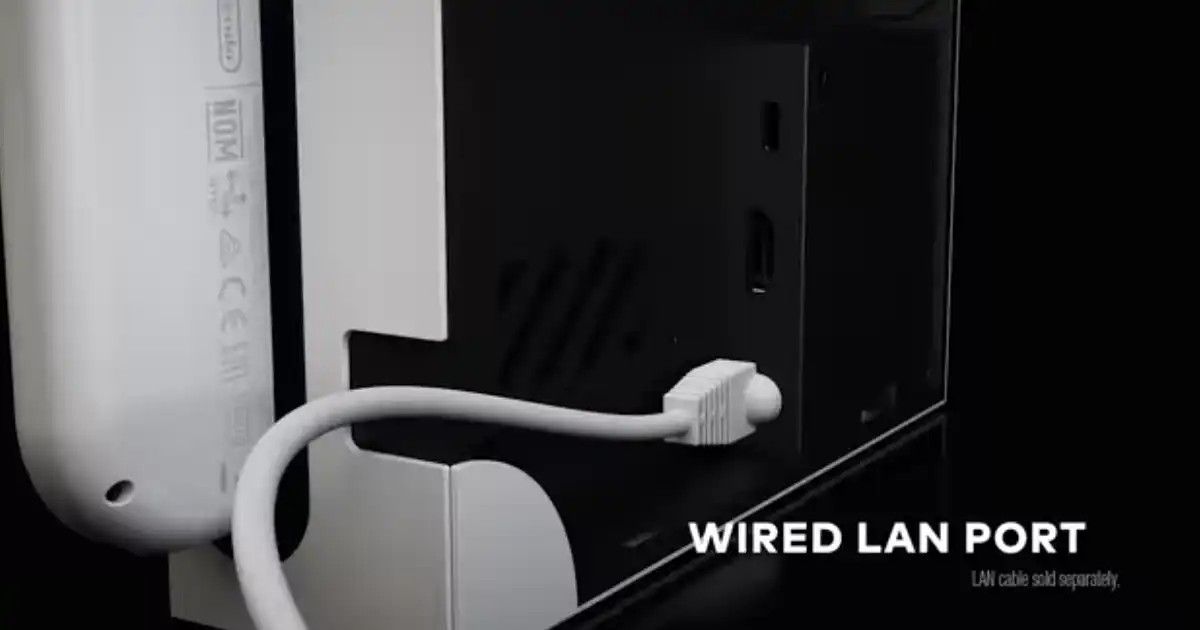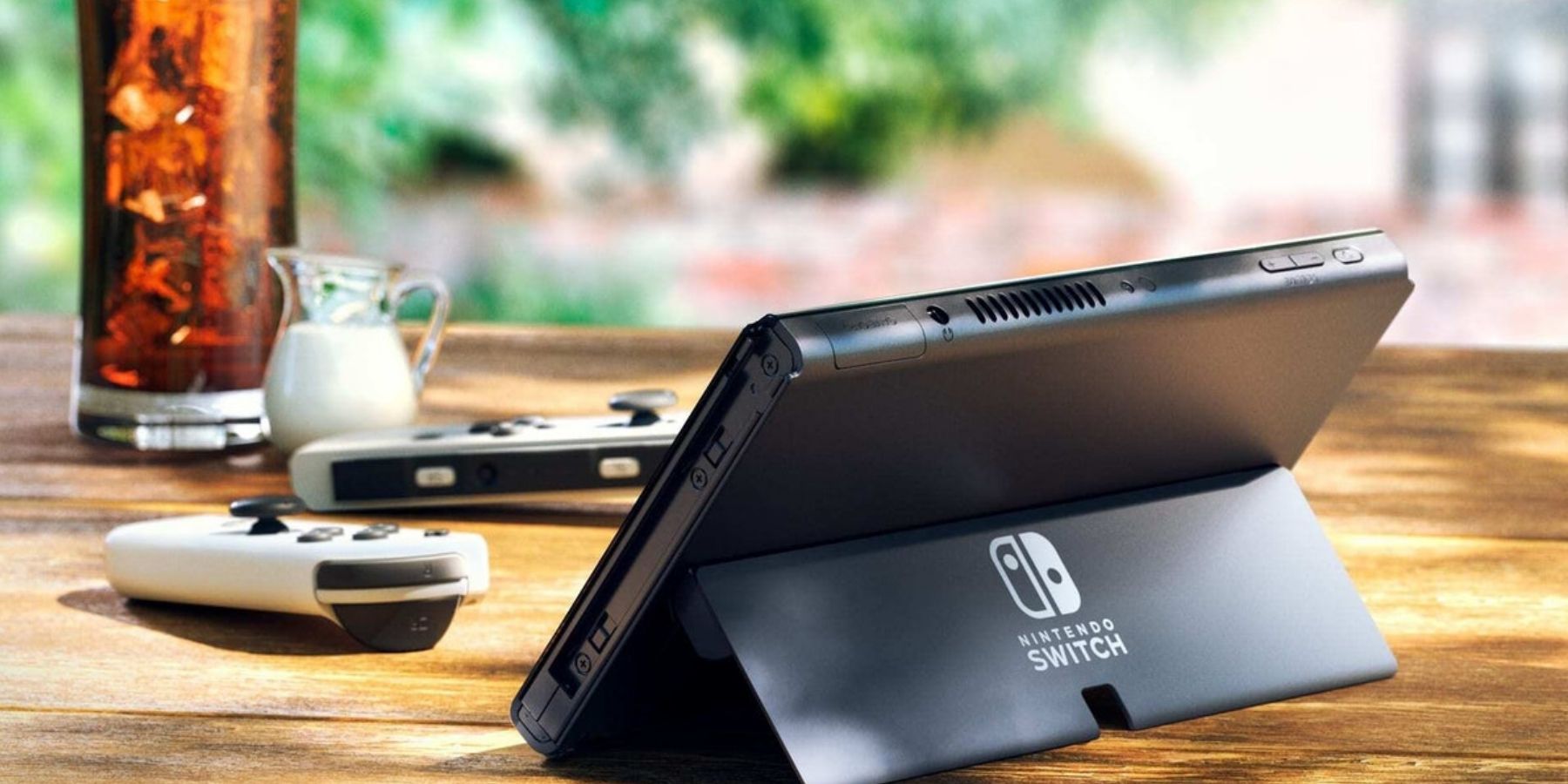The Advantages Nintendo Switch OLED Has Over the Current Models
When the Switch OLED Model was revealed by Nintendo earlier this year, the announcement was met with some confusion. Seemingly credible reports suggested that the company was gearing up to reveal a new version of the Switch, a much more powerful model that would be able to project games in 4K and run current generation titles natively without needing to lean on cloud versions for support. Those were some of the expectations for the next Switch model, so when Nintendo revealed that the Switch OLED wouldn't have things like more processing power or support 4K resolution, the reception to the announcement was mixed.
Although it isn't exactly what fans were hoping for, the Switch OLED is still an upgrade from the base model. When it eventually goes on sale later this week, it's unlikely that the new OLED model will see the same surge in sales that the original Switch did when it was released, but that isn't to say that the console isn't worth picking up for anyone looking to get more out of their Switch. Essentially, there are three main advantages that the OLED has over the base model: the screen, the ethernet port, and the kickstand.
RELATED: Nintendo Switch Bluetooth Audio Pairing Comes at The Perfect Time for Switch OLED
The Crisp Colors that OLED Provides
.jpg)
Perhaps the most obvious difference between the base model Switch and the OLED is the screen itself. The LCD screen that the Nintendo Switch features is certainly good enough for many who are looking to play games on the go, however, the OLED model's OLED screen really makes a difference in terms of presentation. When playing the OLED model in handheld mode, the colors of the game really pop and show off a lot of the more minute details in each game's textures. While the original Switch is certainly still good, oftentimes certain titles end up looking washed out and less crisp as a result of the console's LCD screen. If taken advantage of properly by studios, it seems like the OLED model could be able to convey different games' art styles much better as a result of the upgraded screen.
Improved Internet Connectivity Using Ethernet

It seems almost unbelievable that the Switch has been around for nearly five years without having the option for owners to connect it to the internet using an ethernet port. Nintendo has had a lot of issues with online support in the past, but the new ethernet port included in the Switch OLED's dock might be the first step in the right direction for the company when it comes to internet connectivity. Although it's a little odd to be praising the new console for addressing an issue that should have been addressed years ago, the system will be able to provide significantly better connection for those playing online.
True Comfort in the Form of the Upgraded Kick Stand

To be blunt, the kickstand on the original Switch is not a quality part of its hardware. While it can be useful in some situations, its flimsy nature and off-center placement make it more of a liability than anything else. Now that the OLED model has made the stand more solid by making it bigger and span across the entire back of the Switch, it's turned into a major talking point in many of the console's reviews. Now, the kickstand can be used as a support piece when playing a game leaning on something like a table, keeping the weight of the console out of the hands of the player. It's been compared to the stand on the Microsoft Surface or like that of many external cases for the iPad.
The Nintendo Switch OLED Model releases on October 8.
MORE: Comparing the Steam Deck to the Switch OLED Model
The Advantages Nintendo Switch OLED Has Over the Current Models
Source: Pinay Diaries PH


0 Comments